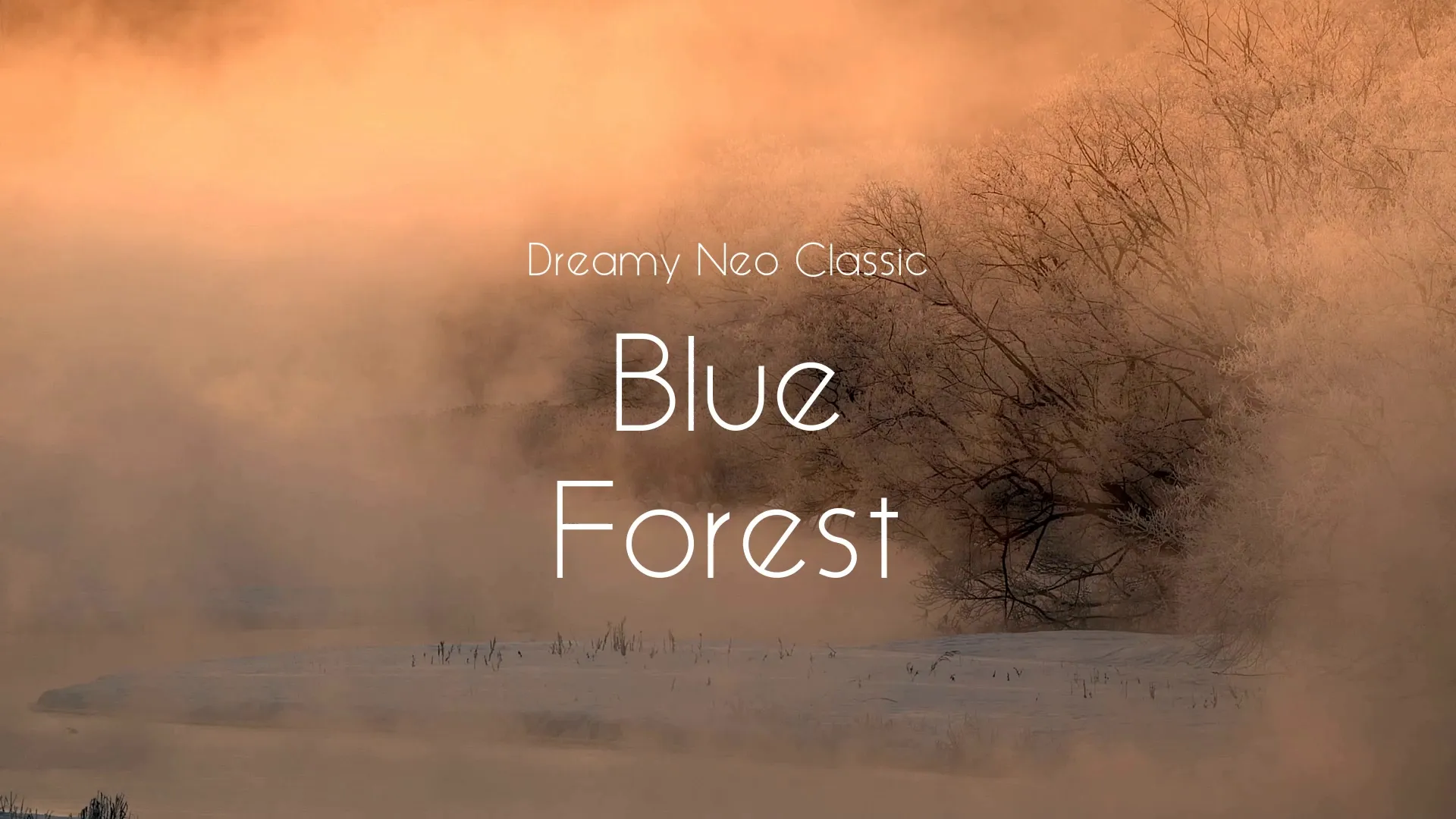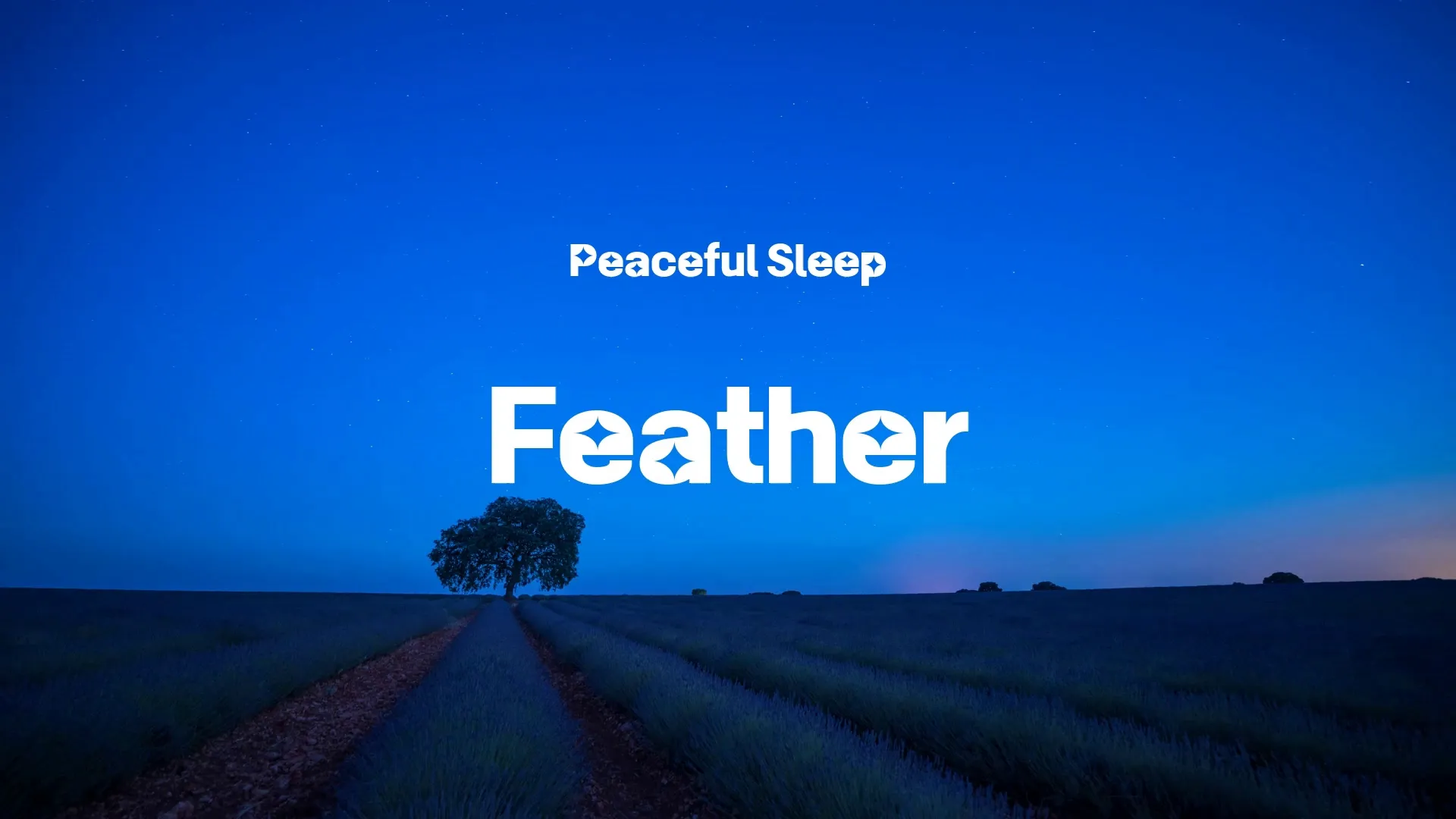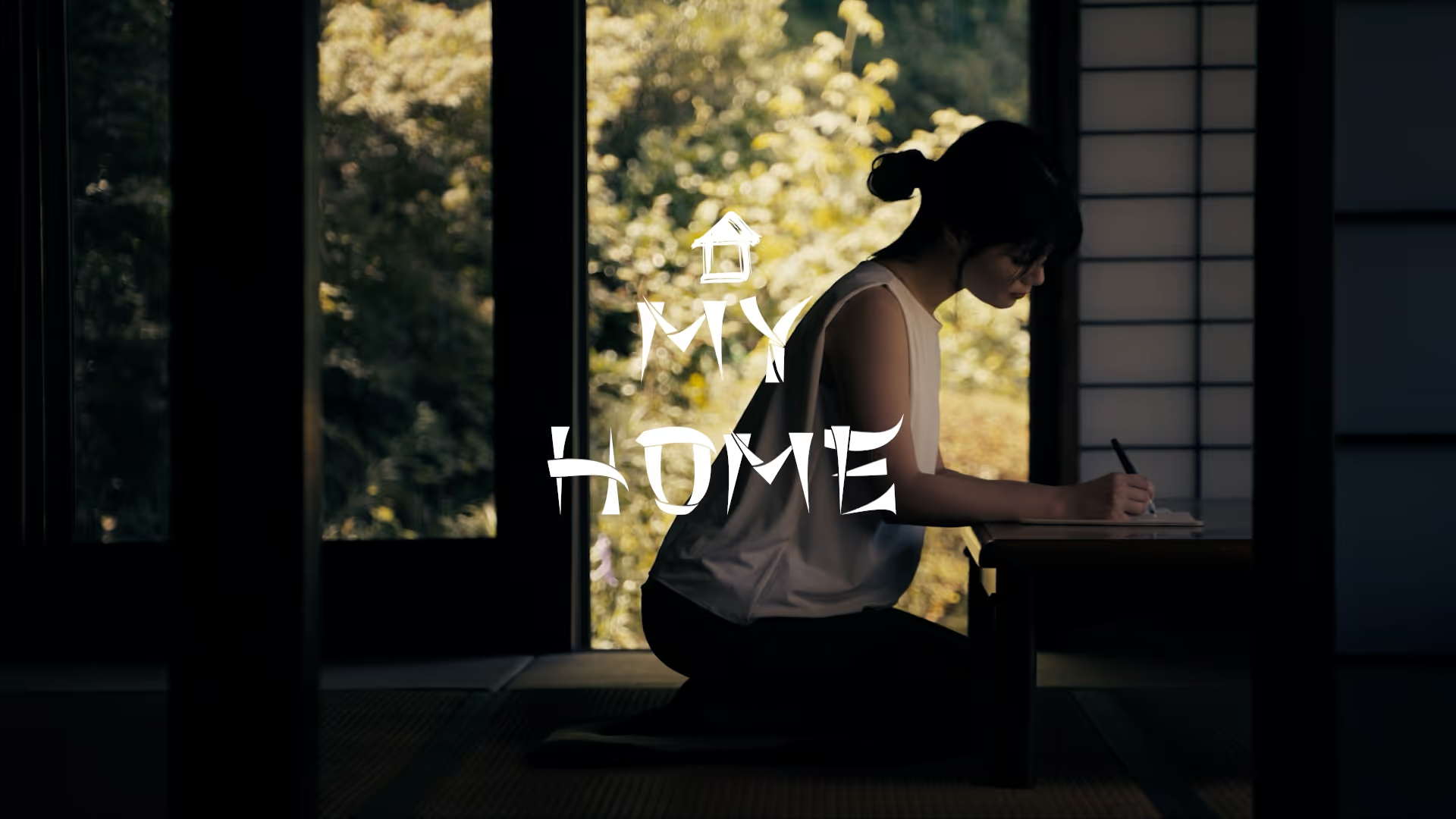Game Sound Design IP: Protecting Your Audio Assets & Immersive Experiences
Your game’s sound design is more than just background noise; it’s a critical component of immersion and brand identity. Protecting these audio assets is essential for any indie developer. Neglecting intellectual property (IP) rights for your game’s music, sound effects, and voiceovers can lead to costly disputes and undermine your creative work.
Understanding Your Audio IP
Intellectual property for sound design primarily falls under copyright and, in specific cases, trademark law. Copyright automatically protects original musical compositions, sound recordings, and spoken word performances.
This protection grants you exclusive rights to reproduce, distribute, perform, and adapt your audio creations.
Copyright for Game Music and Sound Effects
Original music and sound effects you create are automatically copyrighted the moment they are fixed in a tangible medium. While automatic, registering your copyright with the appropriate national office offers significant legal advantages.
Registration provides public record of ownership and is often a prerequisite for filing an infringement lawsuit, potentially entitling you to statutory damages and attorney fees.
Licensing vs. Ownership
Understanding the difference between creating original assets and licensing third-party content is crucial. When you hire a composer or sound designer, ensure your contract clearly states you own the full copyright to their work, or at minimum, grants you an exclusive, perpetual, worldwide license for all game-related uses.
Conversely, when licensing pre-made assets, thoroughly review the terms of use. Royalty-free does not always mean unrestricted; always check for usage limitations, attribution requirements, or prohibitions on resale.
Navigating Third-Party Assets
Many indie developers rely on asset stores for sound effects and music, which is a practical approach. Platforms like Wayline’s Strafekit Audio & Music and Strafekit Sound Effects offer a vast array of royalty-free assets.
However, it’s paramount to understand the specific license for each asset you use. Misinterpreting a license can lead to unintended copyright infringement, even if you paid for the asset.
Common pitfalls include using assets in ways not covered by the license, failing to provide required attribution, or exceeding user limits.
Voiceovers and Performance Rights
Voice acting adds depth to your game, but it introduces additional IP considerations. Voice actors typically retain performance rights to their recordings.
Your contract with a voice actor must clearly define the scope of use, duration, and compensation for their performance, including any rights to derivative works or future expansions.
Ensure the agreement covers all anticipated uses across different platforms and marketing materials.
Create a free account, or log in.
Gain access to free articles, game development tools, and game assets.

















.webp)


.webp)


